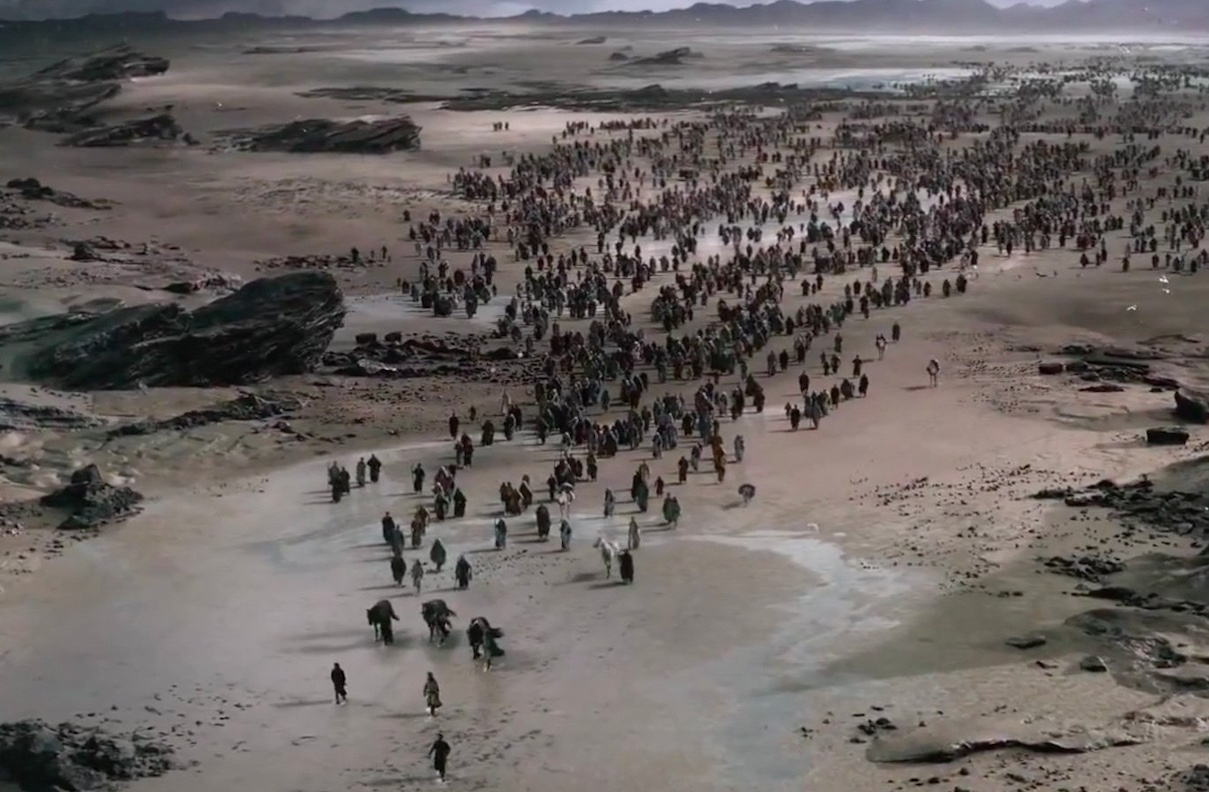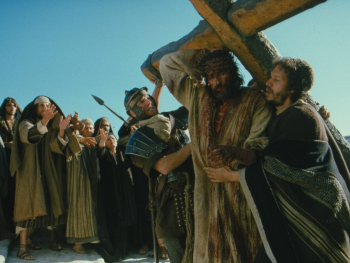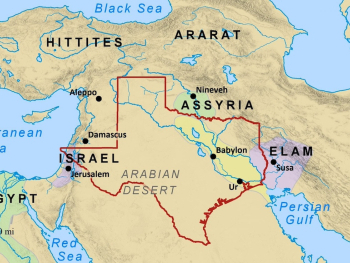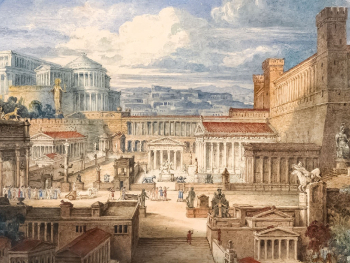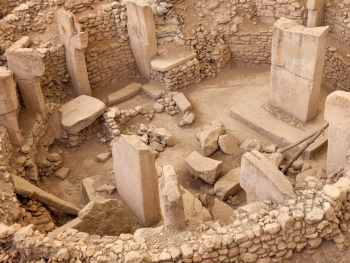The Exodus stands as one of the most iconic and pivotal events in the history of the Israelites, marking their liberation from slavery in ancient Egypt and the beginning of their journey to the Promised Land. This epic tale, chronicled in the biblical book of Exodus, has captured the imagination of scholars, historians, and believers for centuries, inspiring countless interpretations, studies, and archaeological expeditions.
The Exodus narrative recounts how Moses, under the divine guidance of Yahweh, led the Israelites out of bondage in Egypt after a series of miraculous plagues and confrontations with Pharaoh. Following their dramatic escape, the Israelites embarked on a treacherous journey through the wilderness, navigating harsh terrain and facing numerous challenges along the way.
One of the most intriguing aspects of the Exodus story is the quest to trace the route taken by the Israelites during their wilderness wanderings. While the biblical account provides some geographical markers and landmarks, the exact path of their journey remains a subject of debate and speculation among scholars.
Several proposed routes have been suggested based on biblical descriptions, historical evidence, and archaeological discoveries. One popular theory places the crossing of the Red Sea near the modern-day Gulf of Aqaba, leading into the Sinai Peninsula. From there, the Israelites are believed to have traveled northward, eventually reaching the land of Canaan.
Archaeological excavations in the Sinai Peninsula have uncovered potential sites associated with the Exodus story, including ancient Egyptian fortresses, inscriptions, and artifacts dating to the time of the Israelites' supposed passage. However, conclusive evidence linking these discoveries to the biblical account remains elusive, leaving many questions unanswered.
Another area of interest is the location of Mount Sinai, where Moses received the Ten Commandments and communed with God. Traditional sites such as Jebel Musa in the southern Sinai Peninsula and Jebel Karkom in the Negev Desert have been proposed as possible candidates, although scholarly consensus has yet to be reached.
Despite the challenges and uncertainties surrounding the Exodus narrative, its significance as a foundational event in the history and identity of the Israelite people cannot be overstated. The story of liberation, faith, and divine providence continues to resonate with believers around the world, inspiring awe and wonder at the power of God to deliver His people from bondage.
As we continue to explore the Exodus and its implications, we are reminded of the enduring relevance of this ancient saga in shaping our understanding of faith, history, and the human experience. Whether as a historical account, a spiritual allegory, or a source of inspiration, the journey of the Israelites remains a testament to the enduring power of hope, perseverance, and the belief in a God who leads His people to freedom.
